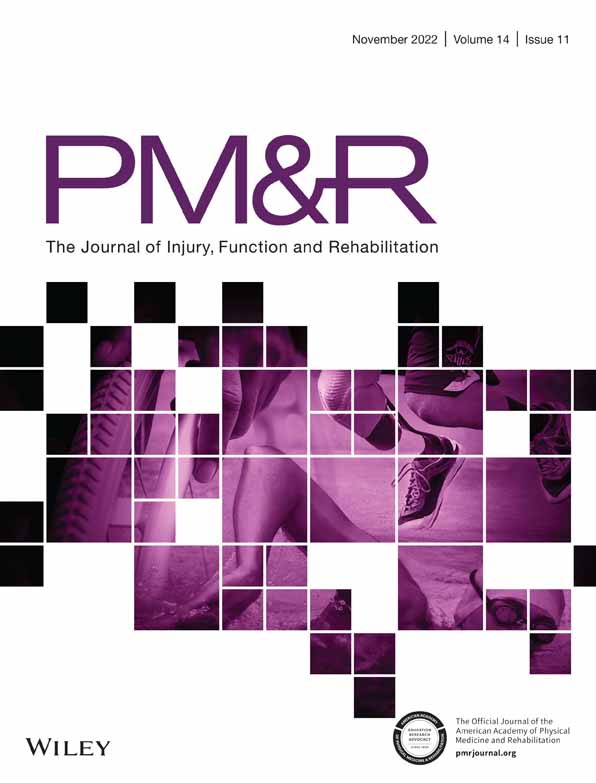Race, ethnicity, and utilization of outpatient rehabilitation for treatment of post COVID-19 condition
Funding information: National Institute on Aging, Grant/Award Number: 5-R01-AG058718
Abstract
Introduction
Outpatient rehabilitation is recommended in the treatment of post coronavirus disease 2019 (COVID-19) condition. Although racial and ethnic disparities in the incidence and severity of COVID-19 have been well documented, little is known about the use of outpatient rehabilitation among patients with post COVID-19 condition.
Objective
To examine factors associated with outpatient rehabilitation use following COVID-19 and to ascertain whether differential incidence of sequelae explain variation in post COVID-19 rehabilitation utilization by race and ethnicity.
Design
Case–control study.
Setting
Community.
Participants
U.S. adults with COVID-19 during 2020 in the TriNetX database.
Intervention
N/A.
Main Outcome Measures
Receipt of outpatient rehabilitation services within 6 months of COVID-19 diagnosis and incidence of post COVID-19 condition symptoms (weakness, fatigue, pain, cognitive impairment, mobility difficulties, and dyspnea).
Results
From 406,630 laboratory-confirmed COVID-19 cases, we identified 8724 individuals who received outpatient rehabilitation and matched 28,719 controls. Of rehabilitation users, 43.3% were 40 years old or younger, 54.8% were female, 58.2% were White, 17.9% were African American/Black, 2.1% were Asian, 13.0% were Hispanic, 39.2% had no comorbidities, and 40.3% had been hospitalized for COVID-19. Dyspnea (20.4%), fatigue (12.4%), and weakness (8.2%) were the most frequently identified symptoms. Although there were no racial differences in the incidence of the six post COVID-19 condition symptoms considered, African American/Black individuals were significantly less likely than their White counterparts to receive outpatient rehabilitation (odds ratio [OR] = 0.89; 95% confidence interval [CI]: 0.84–0.96; p = .003). Hispanic individuals had higher outpatient rehabilitation utilization (OR = 1.22; 95% CI: 1.11–1.33; p < .001) and a significantly higher incidence of post COVID-19 fatigue.
Conclusions
In this large nationally representative study, African American/Black race was associated with lower utilization of outpatient rehabilitation services despite a similar incidence of post COVID-19 condition symptoms. Further research is needed to better understand access barriers to rehabilitation services for post COVID-19 condition recovery care and address racial inequalities in receipt of care.




